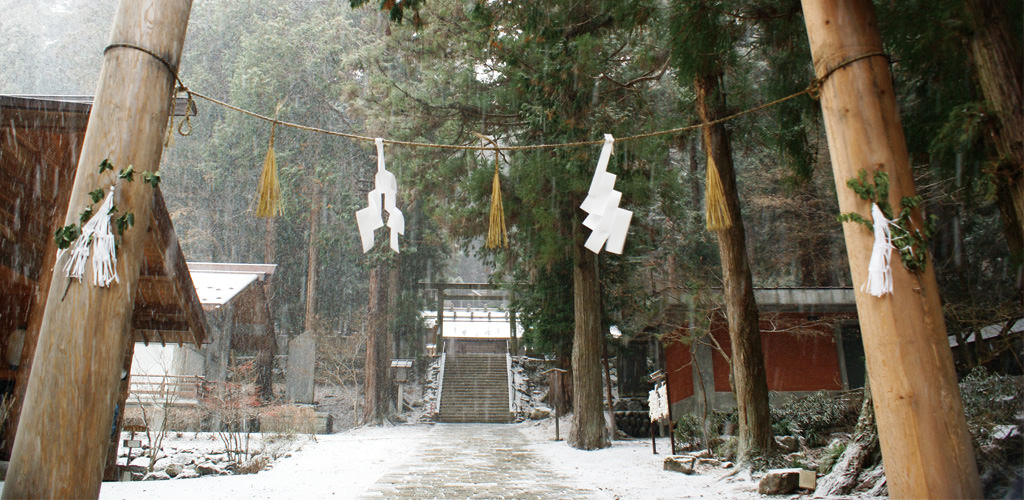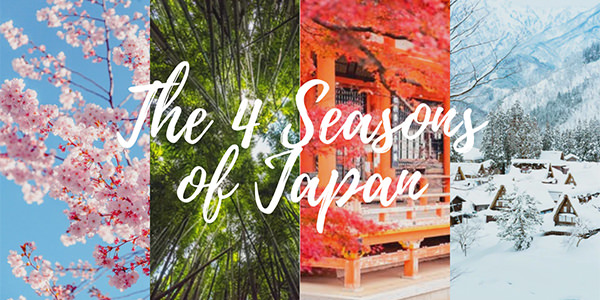Enjoy the finer things in a hot spring town on Hakuba’s doorstep
Just 40 minutes from Hakuba, Omachi is local to the ski resorts of Kashimayari Sports Village and Jiigatake. Its hot spring area of Omachi Onsenkyō is set in deep forest, and skiers and snowboarders overnight here from Hakuba to enjoy the local hospitality and cultural attractions. Shinano Omachi Gourmet Street is the place to go for great local food, including the famous ‘oyaki’ steamed vegetable dumplings, and premium sake. Lift passes for Omachi’s Kashimayari Sports Village and Jiigatake ski resort are also included in the Hakuba Valley Ticket, along with free shuttle bus access – another great reason to stop by this welcoming town in winter, cradled by the majestic 3,000-metre peaks of the Northern Japanese Alps.
Getting to Omachi
Shinano Omachi Station, Omachi’s main travel hub, is just 3 hours from Tokyo on the JR Hokuriku Shinkansen bullet train from Tokyo to Nagano, and an Alpico express bus from Nagano to Omachi. Trains on the JR Ōito Line, and the Genki-Go night shuttle bus (winter only) connect Hakuba and Omachi in 40 minutes.
Official Omachi Travel Guide
www.kanko-omachi.gr.jp/en/
Discover traditional Japan in Omachi
Salt Road Chojiya
This samurai-era building is a monument to Omachi’s heritage as a stop on the Chikuni Kaidō, an ancient route used to transport salt, seafood and other cargo from the Sea of Japan coast to the Nagano castle town of Matsumoto. Now a museum, Salt Road Chojiya offers visitors a great range of traditional costumes to try on for a photo shoot, including kimono and ninja, as well as workshops on cooking traditional ‘kori-mochi’ rice cakes, Japanese calligraphy and more.
Nishina Shinmeigu Shrine
Standing in an ancient forest with beautiful cedar and cypress trees, Nishina Shinmeigu is the oldest existing shrine built in the Shinto ‘shinmei-zukuri’ style, and one of a number of shrines and temples around Omachi. Now designated as a Japanese National Treasure, its main hall and inner gate were built in the seventeenth century, and its important cultural properties include wooden ‘munafuda’ plaques, which preserve records of the rebuilding of the shrine every twenty years since 1376.





 | Temperature: 23
| Temperature: 23








